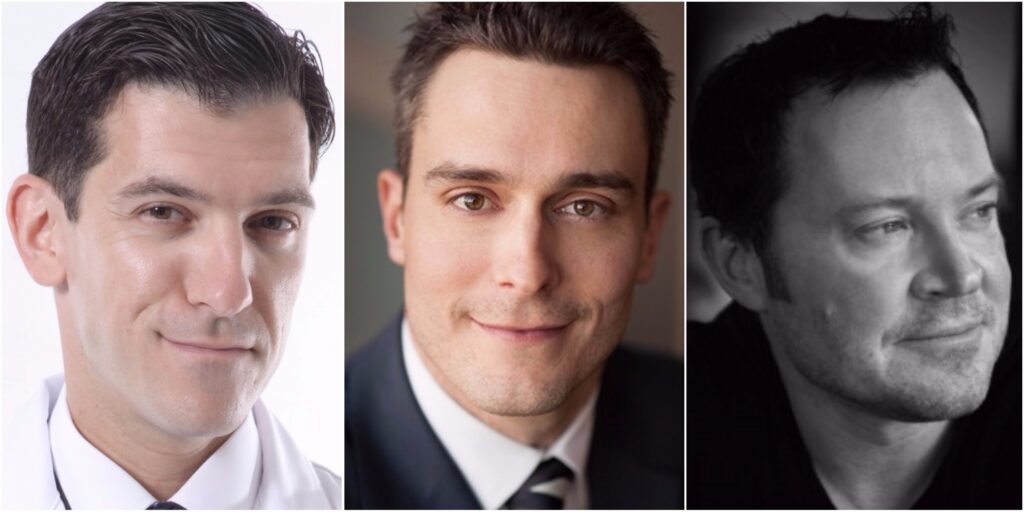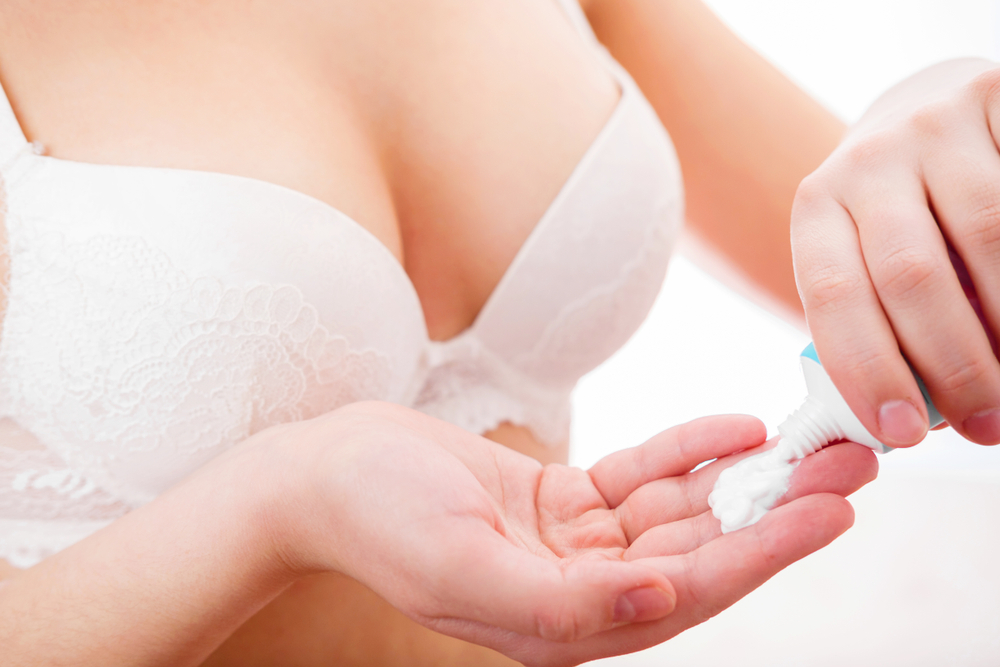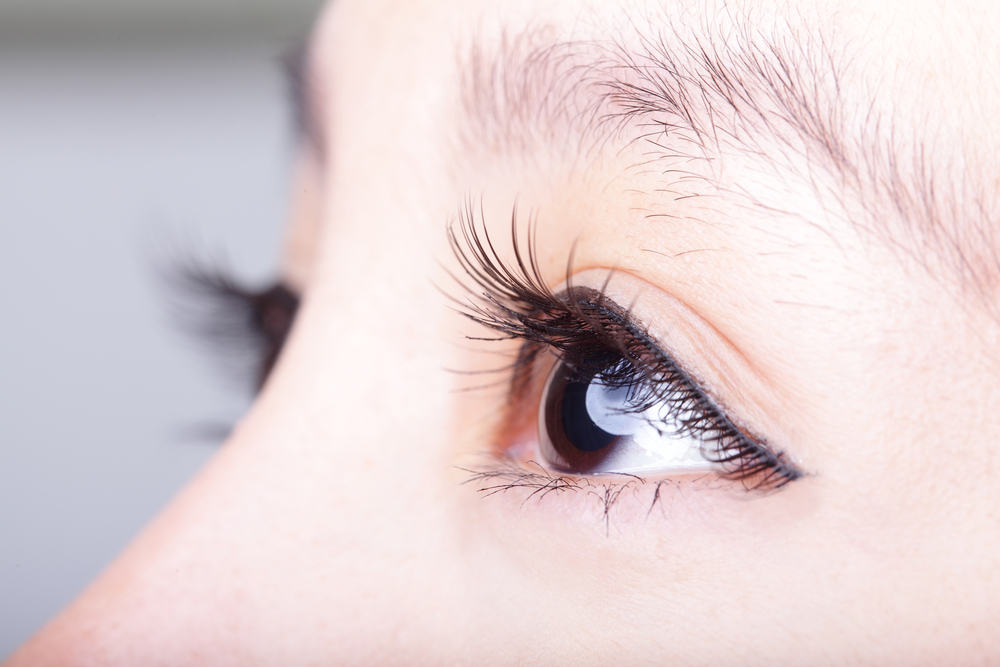While the specifics of what drives doctors to pursue plastic surgery may vary, they do tend to share one thing in common: the gratification that comes with changing someone’s life for the better.
Ask a child what they want to be when they grow up and it’s highly unlikely they’ll tell you “I’m going to be a plastic surgeon.”
Yet there are hundreds of thousands of plastic surgeons practicing around the world. Certainly these doctors found their calling somewhere along the way.
Zwivel talked with a handful of plastic surgeons across the country to learn what inspired them to pursue this unique path.
Plastic Surgery as Fine Art
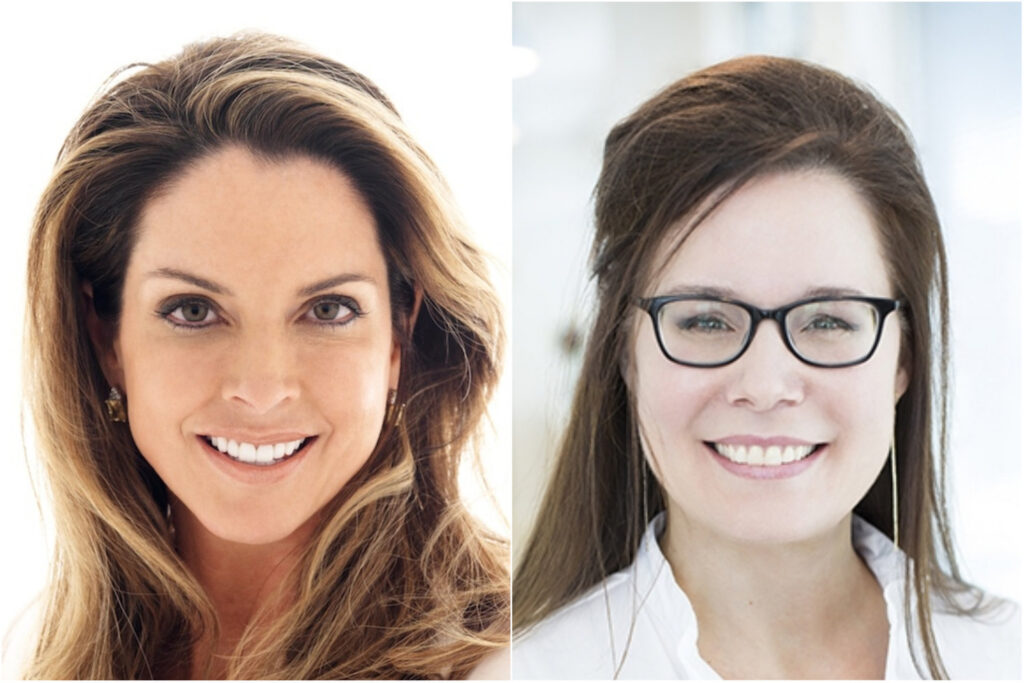
While the assertion that plastic surgery is a fine art may sound a bit over the top to the average layman, most anyone who works in the plastic or cosmetic surgery field will find truth in the comparison; after all, these surgeons create beauty and symmetry through both their visions and their hands.
In that sense, a plastic surgeon is a scientific thinker every bit as much as a meticulous sculptor.
Austin, Texas based plastic surgeon Dr. Jennifer Walden enjoys the technique and artistry of the profession. Walden, who is ambidextrous and has developed her own instruments for breast surgery, says she was attracted to plastic surgery “not only because it gave such visible and immediate results, but because I get great satisfaction out of using my hands everyday to create, restore, or repair a part of the human body.”
Similarly, Dr. Judith Gurley of Chesterfield, Missouri also shares a deep appreciation for working artistically with the human body, recalling that, as a child, one of her favorite things to do was fill in outlines of princesses her mother would draw for her.
“I’d fill in all the details: the hair, the shoes, the dress, the flesh,” recalls Gurley. “That really taught me a lot.”
She also relished art classes in college, particularly those that involved nude models.
“We’d draw the models in certain poses, but the most challenging was to capture form in motion,” says Gurley. “The model would change positions every 60 seconds or so, and we would have to draw that movement on paper. Little did I know then that I was beginning to appreciate the human form: the muscles, bones, the flesh. While I didn’t necessarily know it at the time, this art class was laying down a foundation for my future career. Today, I see through the skin, into the structure that gives us our shape.”
Gurley, who has traveled to third world countries to perform cleft lip surgery and has devoted time to helping uninsured breast cancer patients, says she chose plastic surgery because she could operate on people of all ages, “from newborn babies with cleft lips, to women with breast cancer, to adolescent girls and boys with breast deformities.”
“Most importantly,” she says, “I could and still do challenge myself every day to study the human form and make it better, more functional, normal, and beautiful.”
Bringing Science into the Equation
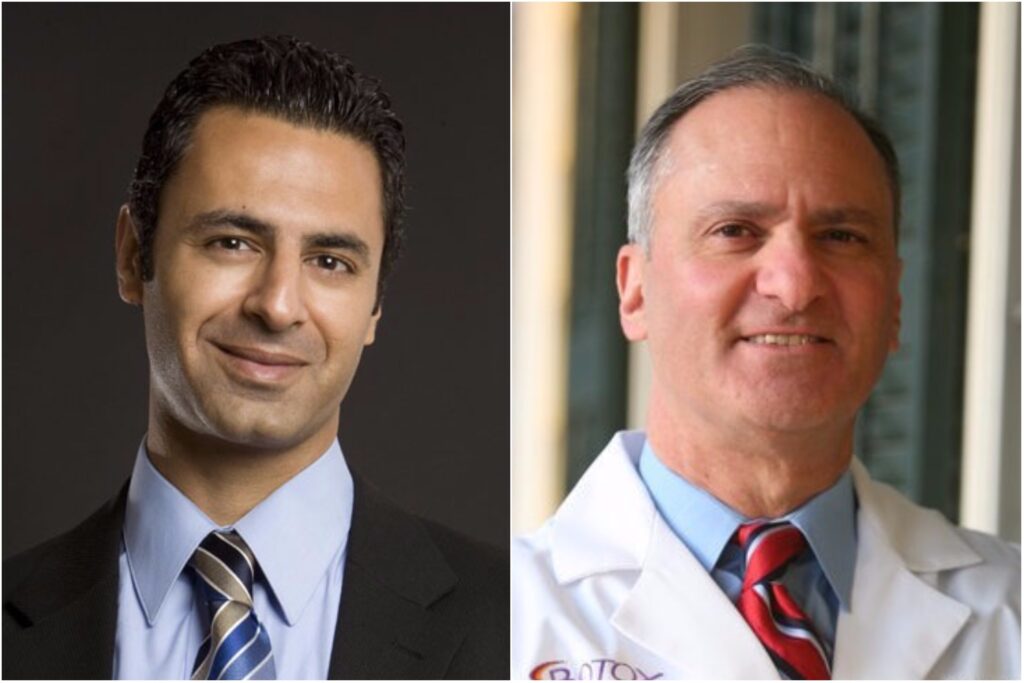
It may have been an art class that tipped Gurley in the direction of plastic surgery, but her passion for science was also fundamental. She credits her physicist father for that influence. She also adored art, but her primary studies in college were biology and chemical engineering, ultimately earning herself a bachelor of science degree.
Upon graduating from University, she thought she’d likely pursue a career in science, unless, of course, she chose to pursue art.
But that’s part of the magic of plastic surgery. You use your right side artist brain as much as your left side analytical brain. This is what so many plastic surgeons love about their field.
“Looking back on what might have influenced me to specialize in plastic surgery, I always go back to the union of science and art,” says Dr. Babak Dadvand, who today has a practice in Beverly Hills. “Growing up I had a talent for drawing, which was encouraged by my parents, but I always knew I wanted to be a physician. Upon entering college, I decided to major in Fine Arts and Chemistry. Chemistry would fulfill my pre-med requirements while the Fine Arts would fulfill my love for drawing.”
“As I went through medical school I eventually realized I wanted to become a surgeon,” Dadvand continues, “and by my second year of general surgery residency I’d already fallen in love with plastic surgery. It required creative thinking, three-dimensional spatial awareness, and knowledge of the human form. These were all skill sets I’d developed from my fine arts training. To me, plastic surgery is the perfect union of art and science. It allows me to be creative, both in the reconstructive and aesthetic realms, while bettering the lives of my patients.”
Dr. Joseph Russo of Newtown Centre, Massachusetts regards plastic surgery as “art and science blended together, a great balance of mind and hands.”
“My father always suggested that I find a passion that allowed me to use more of my mind and less of my hands, unlike his own career path,” recalls Russo, adding that both his parents worked factory jobs in his hometown of West Haven, Connecticut. “I decided to follow my dreams, took out some loans, and worked hard to pursue a career in the plastic surgery industry.”
Knowing You Want to Be a Doctor — but Not That Kind of a Doctor
Some surgeons say while they knew from an early age they were destined for careers in medicine, they never thought they would specialize in plastic surgery.
“When I was a kid, I thought I was going to become an orthopedic surgeon,” says Dr. Jonathan Zelken of Newport Beach, California. “I had my own left hip reconstructed 15 years ago after a freak skiing accident, then did 2 years of orthopedic surgery research, and even began applying for orthopedic surgery residency programs.”
While studying orthopedic surgery, Dr. Zelken took an elective course in plastic surgery. That one class, which he took in the fall of his fourth year of medical school, changed everything. “Immediately, I realized plastic surgery was colorful while orthopedic surgery was essentially black and white.”
From Zelken’s perspective, plastic surgery was also more expansive than orthopedic surgery, branching well beyond the musculoskeletal system. Plus, it invited a more creative touch.
“I saw how plastic surgeons operated head to toe, on every body part and organ system, and how artistic and creative this specialty could be,” said Zelken.
Like Zelken, Dr. Ryan Frank of Calgary, Alberta, was also considering a career in orthopedic surgery, having been inspired by his dad, who specialized in athletic knee reconstruction.
“My father was a tremendous influence on my life, both professionally and personally,” remarks Frank. “He got me excited about medicine when I was younger, thus guiding me towards a career as a surgeon. While in medical school I realized the variety, creativity and attention to detail required to be a plastic surgeon fit perfectly with my own talents and aspirations. I also found that I related to the plastic surgeons I met better than the surgeons of any other discipline.”
Dr. Gregory A. Buford of Englewood, Colorado says he also knew from a young age that he wanted to become a doctor someday.
“At the age of four I asked my parents to call me Dr. Bill – and the rest is history,” Burford says today.
In college, Buford says he was torn between pre-med and the humanities. Much like those plastic surgeons who sought to fuse art and science together, Buford has looked to supplement his medical career with artistic explorations pertaining to his field. He co-authored the book Beauty and the Business: Practice, Profits and Productivity, Performance and Profitability, which was published in 2010.
Making the World a More Beautiful Place
While the specifics of what drives doctors to pursue plastic surgery may vary, they do tend to share one thing in common: the gratification that comes with changing someone’s life for the better.
“Working in this field has helped me understand that building someone’s confidence not only encourages their physical beauty, but their inner beauty as well,” concludes Russo.






